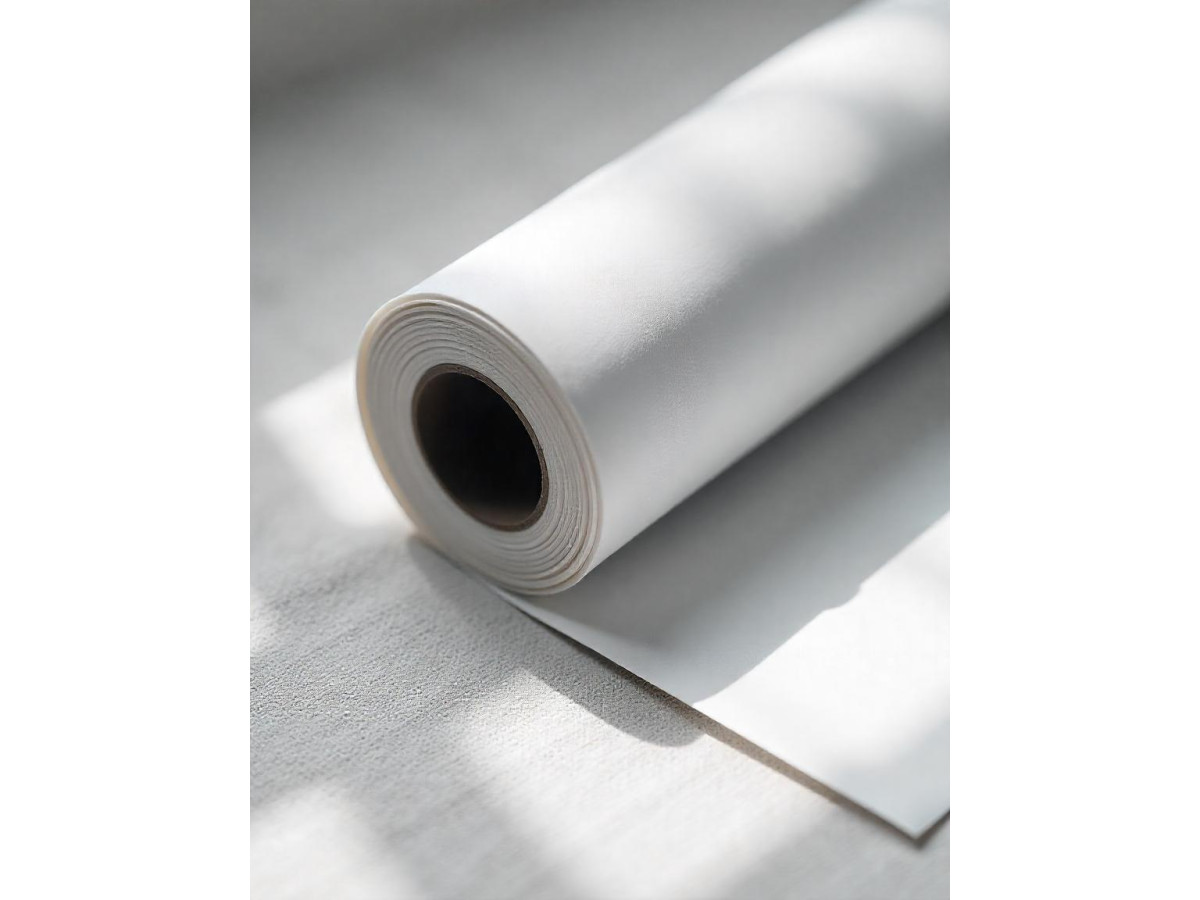Food grade rubber material – this is a product that does not contain toxins, so it can come into contact with food products. The material is also suitable for making flooring, seals, and gaskets. It can withstand temperatures from -60 to +250 degrees, while maintaining its original characteristics. Its features include the absence of strong odors, easy transportation, durability, and safety. We suggest that you familiarize yourself in detail with the rules for choosing and the advantages of this product.
Types of food grade rubber
Food grade rubber is divided into the following types:
- Rubber compound: This material is ideal for producing elements of the desired shape using pressing or extrusion.
- Technical sheet: A sheet version of food rubber, having specific dimensions and supplied in special rolls. It is used as blanks by stamping, cutting, etc. Optimal for the production of seals and gaskets of various shapes.
- Rubber cord: It is a seal for the most hermetic closing of containers and packaging.
- Industrial sleeve: The material is intended for transporting gaseous and liquid mixtures, abrasive substances, bulk products. It is a soft pipe that can withstand fairly high loads.
- Rubber Belt: The material is used in the creation of a conveyor. This food grade rubber conveyor belt is used when in contact with products.
- Low-hardness food rubber: Elastic, extremely durable, tear-resistant.
- Medium-hard food grade rubber: Ideal for a variety of tasks due to its increased resistance to tearing.
- High-rigidity material: Designed for the safety and transportation of large and heavy goods, it is characterized by maximum strength and resistance to deformation.
Each type of food rubber has its own individual properties and qualities. The same feature for all is neutrality to oil, food products, alcohol.
The benefits of using food grade rubber these days
Food grade rubber has various advantages, due to which it is actively used in various industrial sectors:
- Safety: The material does not contain toxins and does not emit harmful substances when heated.
- Durability: The material is quite elastic, takes absolutely any shape regardless of its complexity. It is resistant to corrosion, deformation, and rupture.
- Resistance to temperature changes: The material is able to withstand sudden temperature changes and is used in various products.
- Hygiene: Rubber is not afraid of disinfection, can be washed in dishwashers. It meets all sanitary standards, does not cause allergic reactions.
- Chemical Resistance: The rubber material is resistant to aggressive substances. It is used in manufacturing processes that use various components.
- Long term of use: Due to the durability of the material, the costs of its renewal are significantly reduced.
- Environmentally friendly: Due to the absence of harmful substances, rubber is absolutely harmless to the environment.
Food grade rubber is suitable for various fields of activity due to its reliability, durability, and practicality. It is resistant to high and low temperature fluctuations and is not subject to rust.
How to choose food grade rubber correctly
It is not difficult to select a rubber food material that meets specific purposes. The main thing is to consider certain criteria:
- Temperature range: Food grade rubber must meet the criteria of the tasks set
- Parameters: The dimensions and thickness indicators are responsible for the dimensions of the packages.
- Color and appearance: These indicators are responsible for the perception of the product by buyers.
Thanks to the above criteria, it is possible to choose the optimal type of product. If you have any difficulties with the selection of material, please contact the specialists for advice.
Conclusion
Rubber food material guarantees protection from the harmful effects of aggressive factors, has a long service life, is safe, reliable, and practical. This product meets sanitary standards, does not contain harmful substances, and is ideal for a variety of production processes. Due to additional layers, it does not conduct electric current. Refers to auxiliary materials, used in the transportation of raw materials. It is resistant to chemical exposure and mechanical damage. Suitable for use in the pharmaceutical, agricultural, and food industries.

